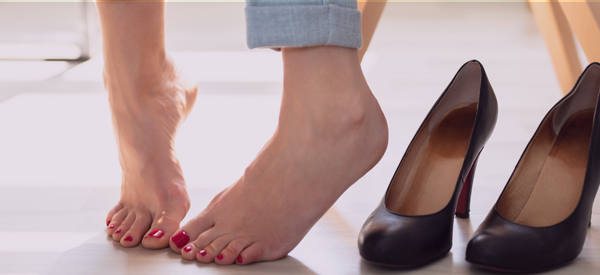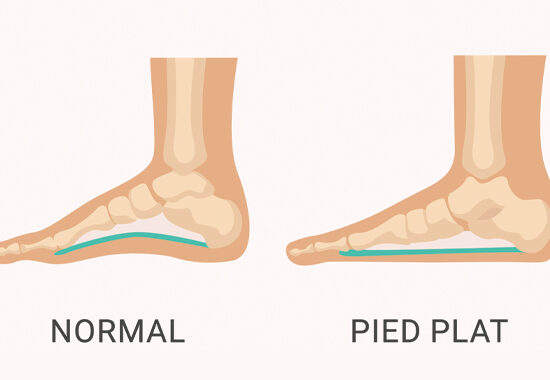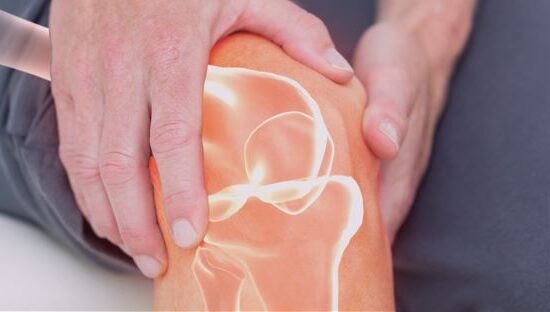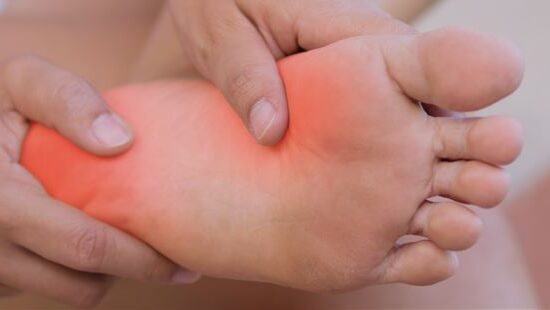What can cause flat foot
Flat foot is not necessarily painful, so people don’t realize it right away. However, there are factors that can increase the risk of developing flat foot:
Obesity or excess weight puts pressure on the feet, especially on the arches. This can fatigue the tendons or ligaments that form the plantar arch and lead to deformities or injury.
Age is another risk factor. People over the age of 50 are more likely to develop foot problems, including flat foot, or conversely, cavoid feet.
Health problems such as diabetes can also contribute to the formation of flat foot. People with diabetes often have reduced sensation in their feet and do not feel the pain of flat foot.
How can flat foot be prevented?
For congenital flat foot, natural growth alone can eventually correct the condition. Still, certain preventive measures can be taken to reduce the severity of flat foot.
You can do strengthening exercises to improve the definition of the foot arch. These exercises are quite simple and do not require any special equipment.
You should try to maintain a healthy weight. Excess weight can accelerate the formation of flat foot or slow the correction. A healthy diet or more regular physical activity are good ways to fight flat foot.
Who should you see for flat foot?
As for most foot problems, it is recommended that you see a qualified healthcare professional such as an orthotist.
An orthotist will determine the exact nature of the problem and can provide you with the best solutions for your situation.
If you have foot pain, you can also talk to your family doctor, who will refer you to the appropriate professional.
How can flat foot be treated?
Flat foot is corrected using minimally invasive methods such as orthoses or adapted footwear.
If flat foot causes significant pain or the foot becomes too rigid, corrective surgery may be considered. This type of surgery can take a long time to heal and requires immobilization of the foot for at least six months afterwards.
- A foot orthosis for flat foot is made from very comfortable materials. It optimizes shock absorption and relieves spots that are bearing too much weight. It provides increased arch support.
- A foot orthosis also helps prevent falls and sprains and keeps deformities from developing further.
- An orthopedic shoe is an adapted shoe that is tailored to the anatomy of your foot. It avoids compression of the arch and toes and makes walking easier.
- The ideal insole height of an orthopedic shoe specifically designed for flat foot is less than one inch.









